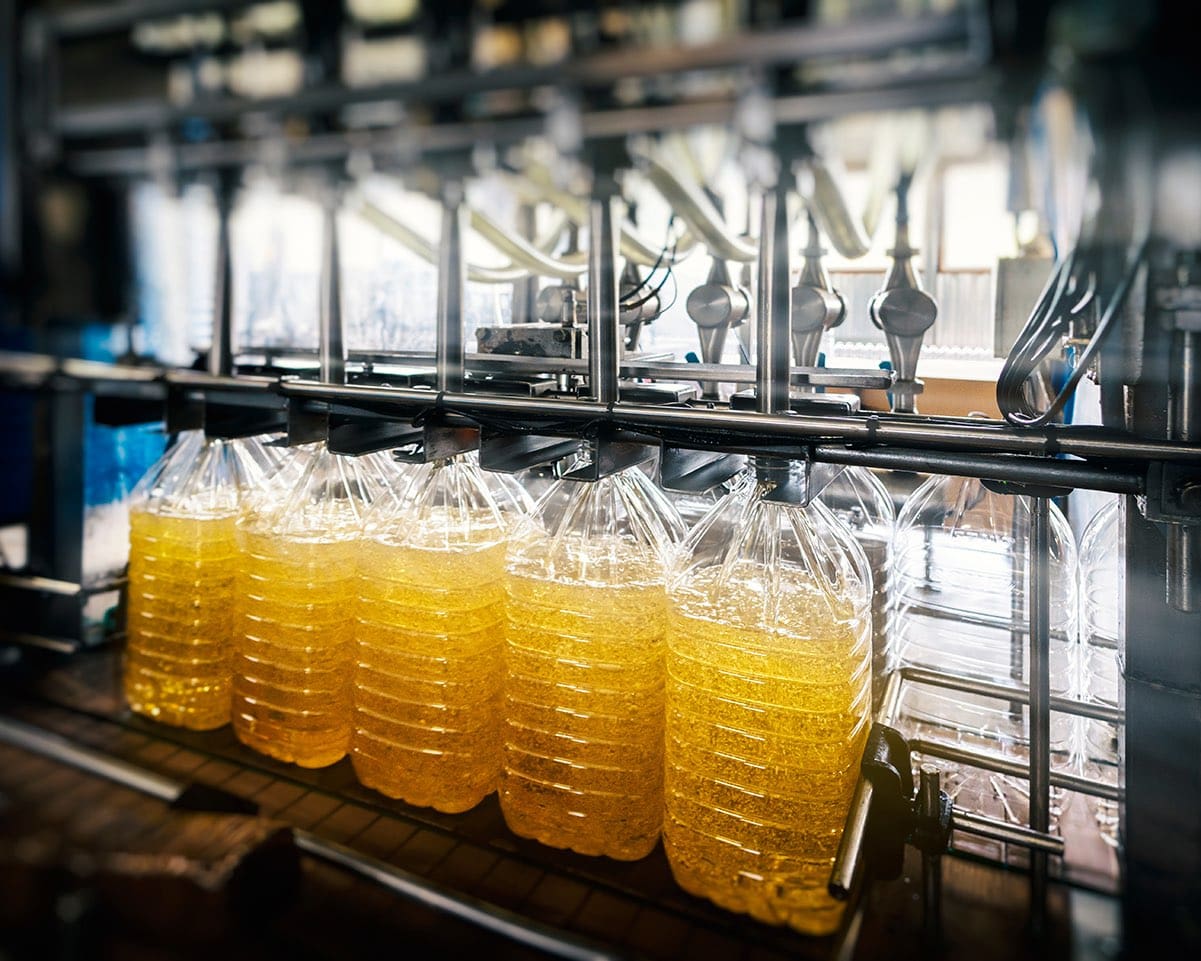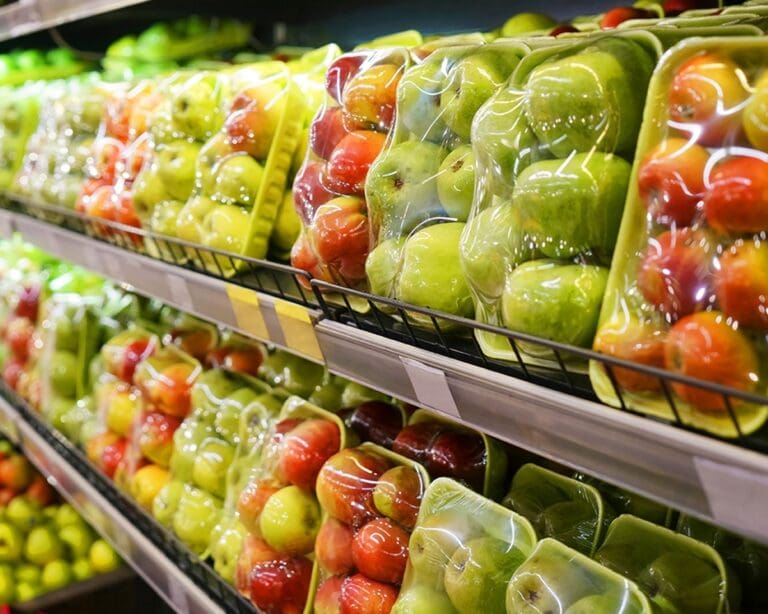Olive oil production expected to increase, industry sources suggest
Recent reports from industry insiders indicate that olive oil production may see a notable increase in the 2024/25 season across several major producing countries. Market observers suggest this could ease supply constraints and influence prices, though the full impact remains to be seen.
According to figures released by the Andalusian Regional Government, Andalusia, Spain’s largest olive oil-producing region, is projected to produce around 1 million metric tonnes of olive oil in the 2024/25 season. Based on this, Spain’s total production could reach approximately 1.3 million metric tonnes. If realized, this would represent a significant increase from last season’s output, which industry sources reported at around 680,000 metric tonnes.
The trend of increased production is not limited to Spain, according to various market players. Sources on the ground in Greece suggest production could reach 230,000 metric tonnes, up from an estimated 130,000 last season. In Turkey, some industry insiders anticipate production of 260-270,000 metric tonnes, while reports from Tunisia indicate potential production of 280-290,000 metric tonnes. These figures, if accurate, would represent substantial increases from last season’s reported outputs.
Several market participants suggest that these production increases could put downward pressure on olive oil prices. However, they also note that multiple factors could influence price movements. Many in the industry emphasize that the quality of the incoming crop remains uncertain, which could affect pricing. Despite reportedly improved weather conditions compared to last season, some sources mention concerns about extended hot and dry spells in certain regions.
Another factor highlighted by some market observers is the current state of existing stocks. Reports from various players in the market suggest that high-quality olive oil from previous harvests may be in short supply, potentially indicating a heavy reliance on the new crop to meet demand.
While the overall mood in the sector appears cautiously optimistic, many industry insiders stress the need for careful monitoring of the situation. The harvest, which typically begins in October depending on the region, is likely to provide more clarity on both quantity and quality, according to several sources. Market participants suggest that the coming weeks will be crucial in determining the trajectory of olive oil supply and pricing. They note that the interplay between increased production, oil quality, existing stock levels, and global demand will ultimately shape market dynamics for the coming season.
Ukrainian ports halt operations amid potential missile threat
Expana has received reports from market participants that several key Ukrainian ports have suspended operations, with the situation rapidly unfolding. According to a contact familiar with the matter, the shutdown began on Thursday (3rd October) when the Ukrainian military requested that the ports in Odesa be evacuated due to an imminent missile threat, allegedly coming from Russia. Although the full extent of the situation remains unclear, there are early indications that port terminals in Odesa have closed with truck drivers being asked to vacate the area.
In the wake of this warning, panic appears to have spread to other ports. Terminals in Yuzhni and Chornomorsk have also halted operations, despite a lack of confirmed direct threats to these locations. This development is significant, as market players have told Expana that it is the first time ports have been ordered to simultaneously suspend activities and evacuate the port zone entirely.
The suspension of port operations is expected to have consequences for Ukraine’s grain and oilseeds exports, which are critical to global supply chains. With Odesa being a major hub for these commodities, any prolonged shutdown could lead to significant disruptions in logistics, delaying shipments and causing potential backlogs. This, in turn, could heighten market volatility, as buyers may face longer lead times and uncertainty about supply availability. Expana will continue to closely monitor the situation and provide updates as more details emerge regarding the impact on the grain and oilseed markets.
AAFCO considers new regulatory pathway for feed ingredients
The Association of American Feed Control Officials (AAFCO) is exploring a new regulatory pathway for animal food ingredients, proposed by Kansas State University’s K-State Olathe Innovation Campus. This initiative would establish a scientific review panel to replace AAFCO’s former ingredient review process, which expired on October 1, 2024, following the end of its 17-year Memorandum of Understanding (MOU) with the U.S. Food and Drug Administration (FDA).
Under the proposal, K-State Olathe, led by Dr. Haley Larson, would manage a panel of subject matter experts from universities and independent consultants. This group would evaluate ingredient submissions from industry stakeholders and provide recommendations to AAFCO for final approval. Approved ingredients would be included in AAFCO’s Official Publication, the global standard for animal feed ingredients. The new process is expected to be more efficient, halving the review time compared to the former pathway. AAFCO is currently soliciting feedback from industry experts and regulators, with a comment deadline of October 31, 2024.
NHU begins commercial operations at delayed methionine production line
According to a market source, NHU started commercial operations at its third methionine production line in Weifang, Shandong, in late September. The capacity of this production line is 150,000 tonnes/year, which brings NHU’s total capacity to 300,000 tonnes/year, according to Expana’s Feed Additives Supply & Demand Pro service. The production line was originally intended to start up in June 2023 and then in February 2024, but it has been subject to a prolonged debugging phase.
NHU began planned maintenance work at its Weifang site on July 25. The maintenance was carried out on a rotating basis over a 6–7-week period. During this period, methionine production was expected to be reduced by 50%. NHU stated that it would fulfill its existing contractual commitments. The company plans to expand DL-methionine production at Weifang by a further 70,000 tonnes/year, raising the capacity of its original two units to 220,000 tonnes/year. In addition, a 180,000 tonne/year MHA-FA unit in Ningbo, Zhejiang, is due online in February 2025.
Lesaffre plans to acquire seventy percent stake in Biorigin
Leading fermentation firm Lesaffre plans to acquire a 70% majority stake in the Brazilian company Biorigin, a producer of yeast derivative products for the animal and human nutrition markets. Biorigin parent company, Zilor, will remain a shareholder with 30%. The deal includes Biorigin’s production unit in Quatá/São Paulo. Biorigin’s brand name will be kept for producing, marketing and selling the products.
Lesaffre and Biorigin plan to leverage their complementary capabilities by upgrading production capacity and offering new solutions based on the production and marketing of naturally derived ingredients for human food and animal nutrition industries, the companies said in a statement. The deal is expected to be finalized over the next few months.
Itafos plans to build 200,000 tonne DCP plant in Pará, Brazil
The American multinational Itafos, is planning to establish a new DCP and fertilizer production unit in Pará from 2030. The facility is projected to produce 300,000 tonnes of fertilizers and 200,000 tonnes of dicalcium phosphate (DCP), a key ingredient in cattle nutrition.
According to local media, the new plant is expected to be built in São Félix do Xingu, close to the Mato Grosso border, targeting Brazil’s second largest cattle farming state, Pará. The project, which may be undertaken by Itafos alone or in collaboration with a strategic partner, is still contingent on regulatory approvals. In 2022, after nearly three years of halted production, the American multinational resumed operations in the fertilizer market in Brazil and aims to triple its revenue by 2027.
Want to dig into further insights? Discover more on our insights page.



